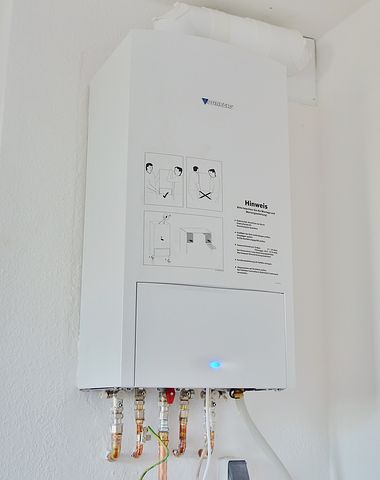From enjoying a warm shower to keeping the dishes clean, we all need a good hot water cylinder to help us get the job done. But not all models are created equal – some feature things like solar technology for reduced energy use and mains pressure to deliver fast, high H2O pressure.
Given that H2O heating makes up for around one quarter of household energy usage, it is worth considering your needs and options before making a decision. Read on for some tips on what to consider when choosing a good hot water cylinder.
 Choose a heating method that suits your needs
Choose a heating method that suits your needs
You have several options when it comes to choosing a H2O heating system: electric, heat pump, solar or gas. Each one has its pros and cons.
Electric
Electric tanks are cheap initially, costing around $300-1500 to purchase. However, they are typically the most expensive system to run due to their ongoing electricity demands. You can get a system that uses off-peak electricity, which makes it cheaper, but this requires a larger tank – plus, off-peak electricity isn’t available to all properties. An electric hot water cylinder may be installed indoors or outdoors.
Gas
Natural gas is a great, cost-effective hot water cylinder option if you have the connection for it. Gas rates are currently cheaper than electricity rates and don’t change depending on the time of day, which means they can heat H2O as you need it. These systems are normally installed outdoors as they require good ventilation, though they can be installed indoors if you get a flue. They cost more to purchase (starting at around $900) but should pay off in the long-run given their low running costs.
Solar
A solar hot water cylinder uses solar panels and a tank to store and heat H2O. It requires around 4 square metres worth of solar panels to operate (two panels) and a large tank (around 350L). The only drawback to solar tanks is that there won’t be much warm H2O on a rainy day, though this can be prevented by using a gas or electric element as backup. These systems are quite expensive to purchase, costing around $2000-10000, however they should pay off eventually given their low running costs. You may also be able to get government rebates which can help offset this initial purchase cost.
Heat pump
A heat pump hot water cylinder works by extracting heat from the surrounding air and using it to warm up the H2O inside the tank. It generally must be installed outdoors as it needs good ventilation. These work best in warm climates, though there are some which are designed to work well in cool climates also. Their high upfront cost – around $3000 – may be offset by government rebates and other incentives.
Storage tank vs continuous flow
Your next decision is to choose either a system that uses a tank or one that heats the H2O as you go.
Storage tank
A storage tank is the most common option, though they may corrode over time. They should be checked by a plumber every few years in order to prevent this – the tank’s anode(s) must be replaced around once every five years. Invest in a stainless steel tank if possible as they last longer and require less maintenance.
Continuous flow
A continuous flow hot water cylinder heats up the H2O only as you need it, and is quite fast – taking just a few seconds to heat up. It generally uses gas though electric models are an option. These are often cheaper to run than a regular storage tank.






